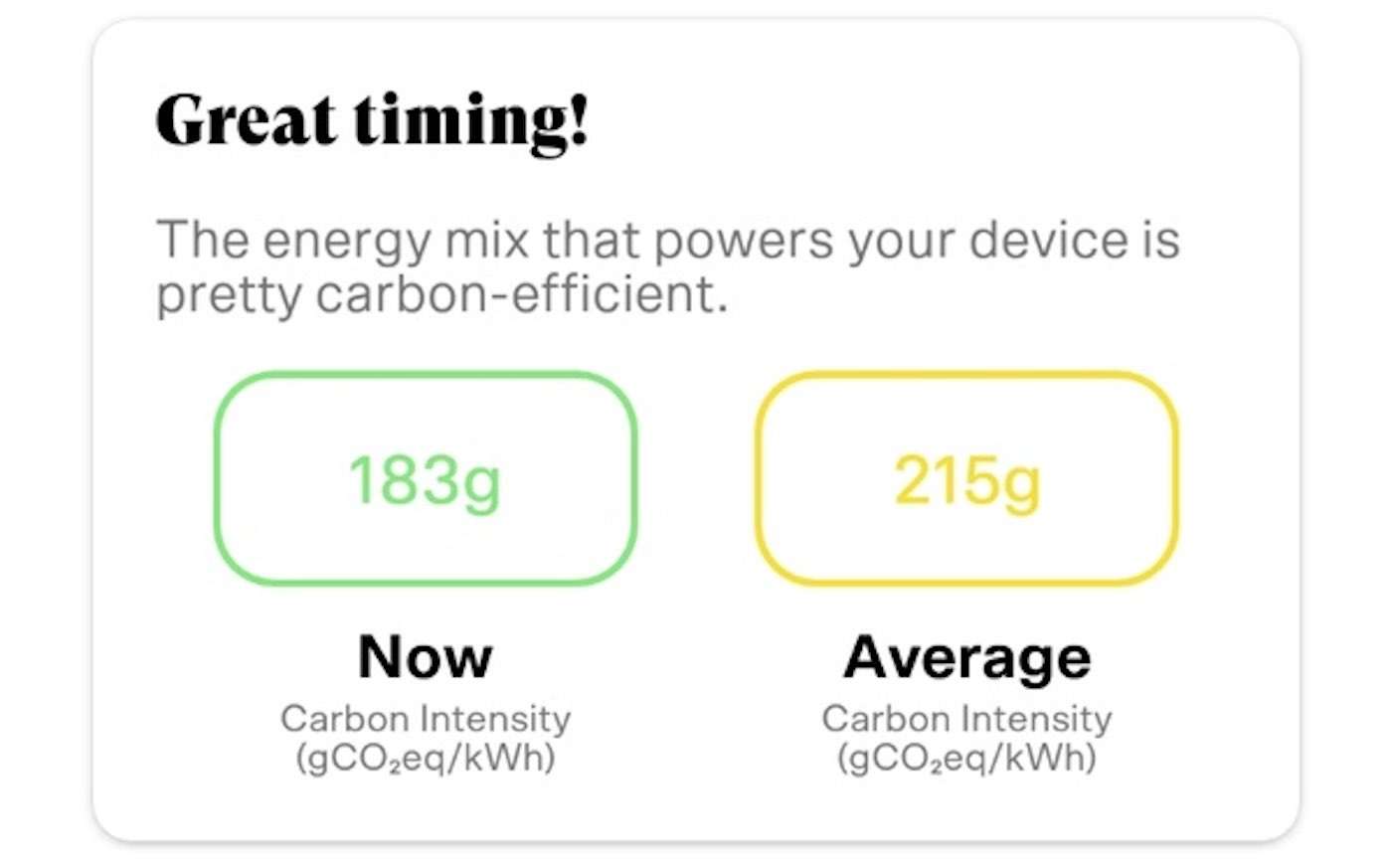These Optimistic COVID Updates Give Us the Evidence We Need for Hope in April
In some of the hardest-hit nations around the world, rates of new cases and fatalities are showing signs of decline and recovery.

The world's largest marketplace of exclusively refurbished electronic products, takes pride in its mission to reduce carbon consumption stemming from the production of new tablets and smartphones—and now, increasingly more, the amount of energy they use recharging every night.
BackMarket.com has now produced an Android widget called CO₂NSCIOUS, that allows users to track the Californian power grid operation so they can avoid emitting more CO2 than is necessary.
Why would it be important to track the operation statistics of power centers for the average 3 hour-per-week smartphone user? That's because unlike the grids of decades past, 2020 finds the baseline power for California split between a variety of power sources, such as nuclear, solar, natural gas, etc.
But the grid isn't using all sources at the same time, or in equal amounts, and at certain periods of the day or night the electricity coming out of your walls might be made up of substantially more renewables or inversely, fossil fuels, than during other hours.
CO₂NSCIOUS gives you a breakdown of which of those sources are providing what percentage of power at any given moment, allowing you to charge up your devices during green energy periods, and avoiding doing so at during periods of high fossil fuel input.
While this might seem like an unremarkable subject of focus, academic research complied in a report called The Cloud Begins with Coal, revealed the extent of our power usage. Although charging a single tablet or smartphone requires a negligible amount of electricity, if you use them to stream an HD show for one hour per week, the total amount of energy used in the network operations over one year is more than two refrigerators would use during that time.
Already growing at exponentially faster rates, modeling by Lotfi et al. from the Booth School of Engineering, Canada, estimates that the information communications tech field could be responsible for 14% of greenhouse gas emissions by 2040, a little less than the global agriculture sector, but with far fewer carbon-offsets.
"The goal of this widget isn't to say that this or that energy is better than another, because today, there is no perfectly ‘clean' source of energy," explains Vianney Vaute, co-founder of Back Market. "And we are aware that CO2 emissions are just one criteria among many others."
"What is at stake for us is to create awareness around the environmental impact of the small gestures that make up our daily routines—even something as simple as charging a smartphone."
The widget will be live and available for a month in a proof of concept model, after which Back Market are placing the open source code online ad gratis, for free, so that anyone who wants to adopt the concept for their own city, state, or firm, can do so.
Available until April 15th, CO₂NSCIOUS uses Electricitymap.org data, and pairs it with models from the Intergovernmental Panel on Climate Change about how much CO2 is produced realistically from each source of power in various places, to produce a real-time chart of what sources are being used, and how much carbon they are creating, in an area, though the app only has data on California.
Power Up With Positivity By Sharing The News With Your Friends On Social Media…
Be the first to comment